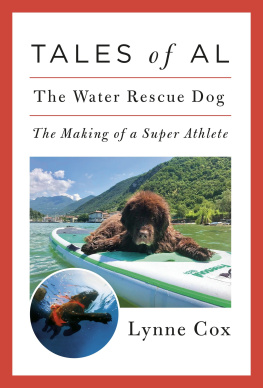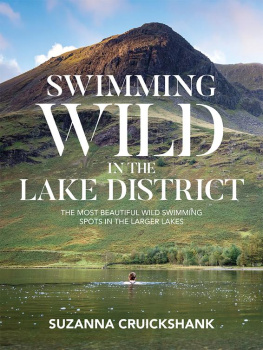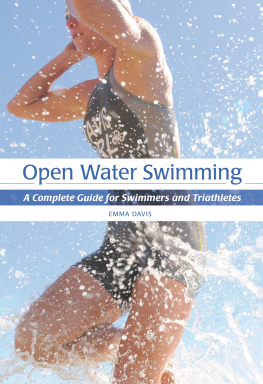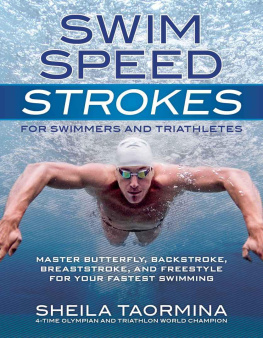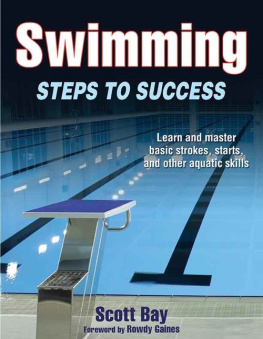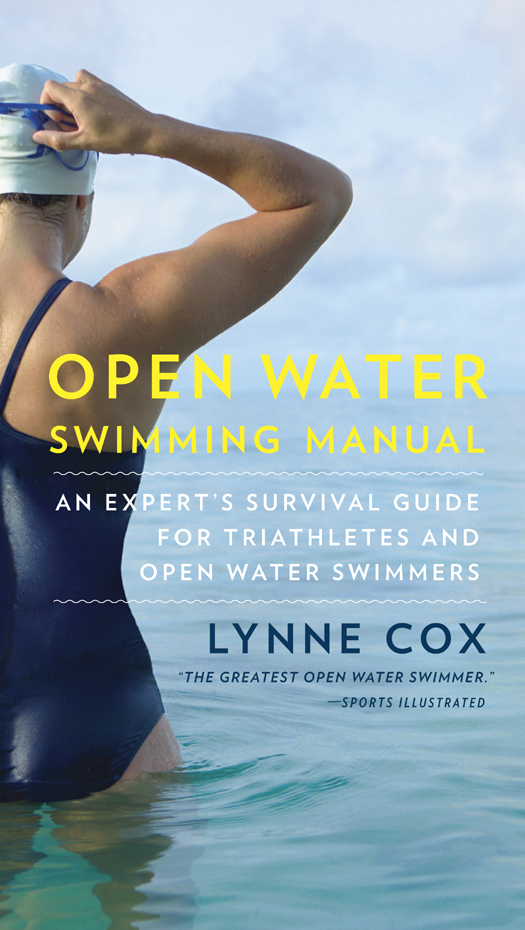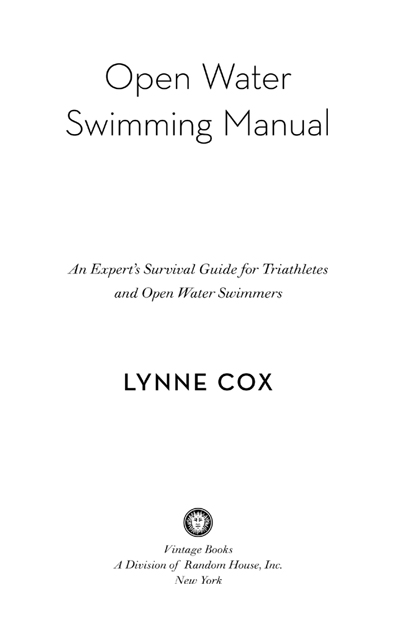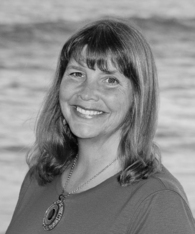
Lynne Cox was born in Boston, Massachusetts, and grew up in Los Alamitos, California, where she presently lives. She has held open water swimming records all over the world, including, first at age fifteen, twice setting the record for the fastest crossing of the English Channel, for men or women. Cox was a member of the first group of teenagers to cross the Catalina Channel in California. She has swum the twelve-mile resund and the Kattegat, both between Denmark and Sweden. Cox was the first woman to swim across the Cook Strait in New Zealand, and the first person to swim across the Strait of Magellan in Chile, the Beagle Channel between Argentina and Chile, Lake Baikal in Russia, and around the Cape of Good Hope in South Africa. In 1987 Cox crossed the Bering Strait from Alaska to the Soviet Union, and in 2002 swam more than a mile in the 31-degree Fahrenheit (0.5-degree Celsius) waters off Antarctica. Cox has been inducted into the International Swimming Hall of Fame. She is the author of Swimming to Antarctica, Grayson, and South with the Sun. Her articles have appeared in many publications, among them The New Yorker and the Los Angeles Times Magazine.
ALSO BY LYNNE COX
Grayson
South with the Sun
Swimming to Antarctica
A VINTAGE ORIGINAL, JULY 2013
Copyright 2013 by Lynne Cox
All rights reserved. Published by Vintage Books, a division of Random House, Inc., New York, and in Canada by Random House of Canada Limited, Toronto.
Vintage and colophon are registered trademarks of Random House, Inc.
Charts and slides courtesy of the United States Navy SEALs
Library of Congress Cataloging-in-Publication Data:
Cox, Lynne.
Open water swimming manual : an experts survival guide for triathletes and open water swimmers / Lynne Cox.
pages cm
eISBN: 978-0-345-80610-9
1. Long distance swimmingTraining. I. Title.
GV838.53.L65C69 2013
797.21071dc23 2013006165
Illustrations created by Estelle Cox
Author photograph Ann Chatillon
www.vintagebooks.com
Cover design by Gabriele Wilson
Cover photograph GS/Gallerystock
v3.1
To the Cadre
Excellence is an art won by training and habituation.
Aristotle
Contents
Introduction
The extreme is more accessible than ever before. People who never dreamed of venturing outside swimming pools, gyms, and manicured fields are venturing into the open water. They are no longer content to swim mega-laps in the swimming pool. They want to experience something new and more exciting. They want to push themselves as far as their arms will carry them and grow physically and mentally stronger. They want to feel what its like to dream big, train hard, reach far, and, through the course of these experiences, explore the bounds of their inner and outer worlds.
Many people are entering the open water as a healthy way of escaping the constant noise and distractions of the world. They are slipping away from their computers, cell phones, and the barrage of daily information, and immersing themselves in clear blue and emerald-green waters, where they can think, meditate, and dream.
My primary reason for writing this book is to help people of all ages who are swimming or want to swim in the open water. I wrote it for people who already know how to swim and who are strong and competent swimmers; who have a background in competitive swimming; or who have experienced open water swimming with masters swimming groups, are triathletes, or have participated in junior lifeguard programs or are beach lifeguards.
I wanted to share my love of open water swimming with people who enjoy the feeling of being in the water and are eager to try new experiences and challenges. Also, for people who like to read about the outdoors, adventure, and nature, I wanted to provide a sense of what its like to swim in the open water and across channels. Its fascinating to read other peoples journeys and learn the lessons that they impart through their stories.
A large part of the manual is focused on our need to respect the power and unpredictability of the open water and of nature; to understand that safety is extremely important. Having qualified and knowledgeable support people and reliable watercraft are essential for open water swimming.
This is a manual for swimmers and triathletes who want to learn specific swimming skills and techniques for swimming in the open water. It will teach you special stroke mechanics that will help you in the swimming pool and in the open water. It also includes specific drills that will help you swim more efficiently and safely in the open water. Ive provided training ideas and swim site suggestions. It includes information about ways to find open water swimming and triathlon coaches as well as contact information for associations that support channel swims.
The manual is divided into sections for beginning, intermediate, and advanced open water swimmers. The information presented here is fluid, there is overlap, and the topics are all interconnected. What applies to a beginning open water swimmer also applies to intermediate and advanced swimmers. For example, the steps a beginning open water swimmer would take to select a safe swimming area are the same methods an intermediate or advanced open water swimmer would use.
The sources of information for this manual include world experts: U.S. Navy SEALs; scientists who specialize in the marine environment; physicians who specialize in wilderness medicine, internal medicine, emergency medicine, dermatology, and other medical experts; the National Oceanic and Atmospheric Administration; the U.S. Coast Guard; current beach lifeguards, the American Lifeguard Association, and the United States Lifeguard Association; and other elite watermen and -women.
This book features open water swimming experiences and anecdotes from some of the best open water swimmers in the world. There are also stories about new open water swimmers and insights from triathletes who are currently training and competing at all levels of triathlon.
This manual will help open water swimmers learn how to break down their training into small segments and build upon their experiences, so that they can enjoy the feeling of getting stronger, more competent, more confident, and go as far as their bodies and minds enable them to go.
Just as U.S. Navy SEAL trainees use manuals to learn information pertinent to becoming U.S. Navy SEALs, they must also work with elite SEAL instructors who help them reach the high goal of becoming a SEAL (see Sources for website address; ). Similarly, this manual will give you the background knowledge to help you swim in the open water, but like the SEAL trainees, you need to train and to work with knowledgeable and qualified open water swimming coaches and/or triathlete coaches, or experienced and successful open water swimmers who can watch you swim on a daily basis, help you keep track of your progress, and help you improve. Although open water swimming is thought of as a solo sport, to really excel, you rely upon a team to help you achieve your goals. And if you train with a group, you may find that its even more fun: a place where you give and gain inspiration and have longtime friendships.


